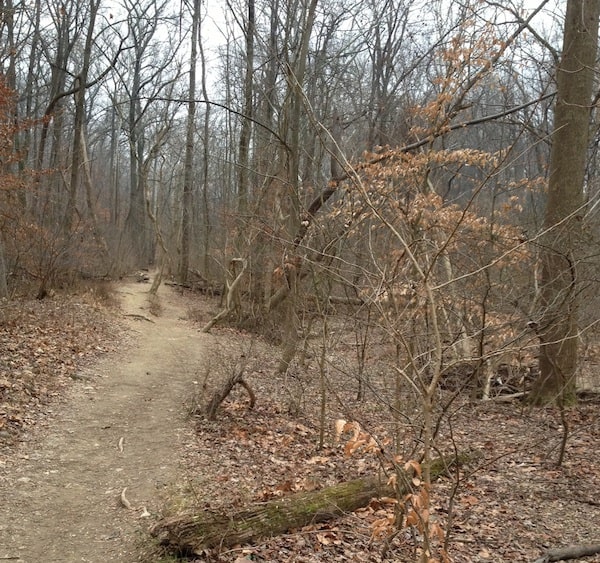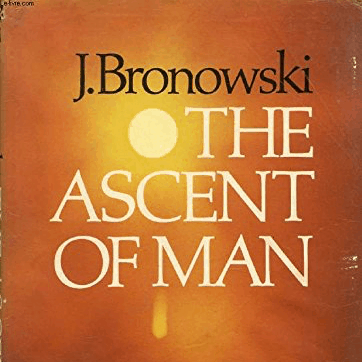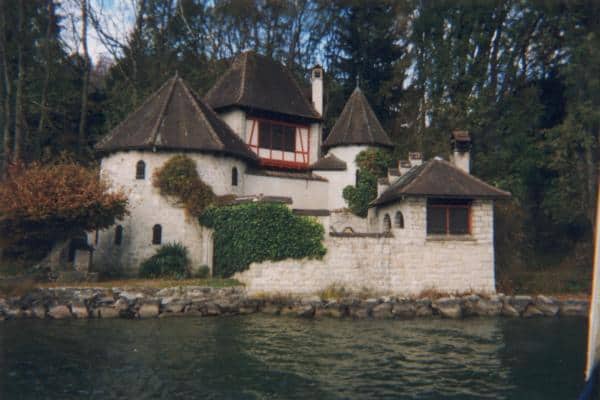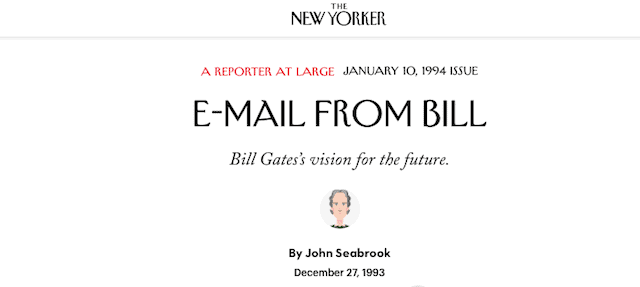
I’ve been writing posts for calnewport.com since July, 2007. This was soon after I finished all of my coursework and qualifiers for my doctorate at MIT, which I had tackled concurrently with writing and publishing my first two books. Which is all to say that by the summer of 2007 it suddenly seemed like I had a lot of free time on my hands. My solution to this state of affairs? This blog.
In recent days, in a fit of nostalgia, I’ve begun browsing my voluminous archive. I thought it might fun to every once and while briefly revisit a post from the past that I particularly enjoyed.
I’ll start with an entry from January, 2014. It’s titled: “On Quiet Creativity,” and it opens with me talking about hiking the trails near Georgetown’s campus (see above), working on a thorny proof.
Here’s the thesis I extracted from the experience:




